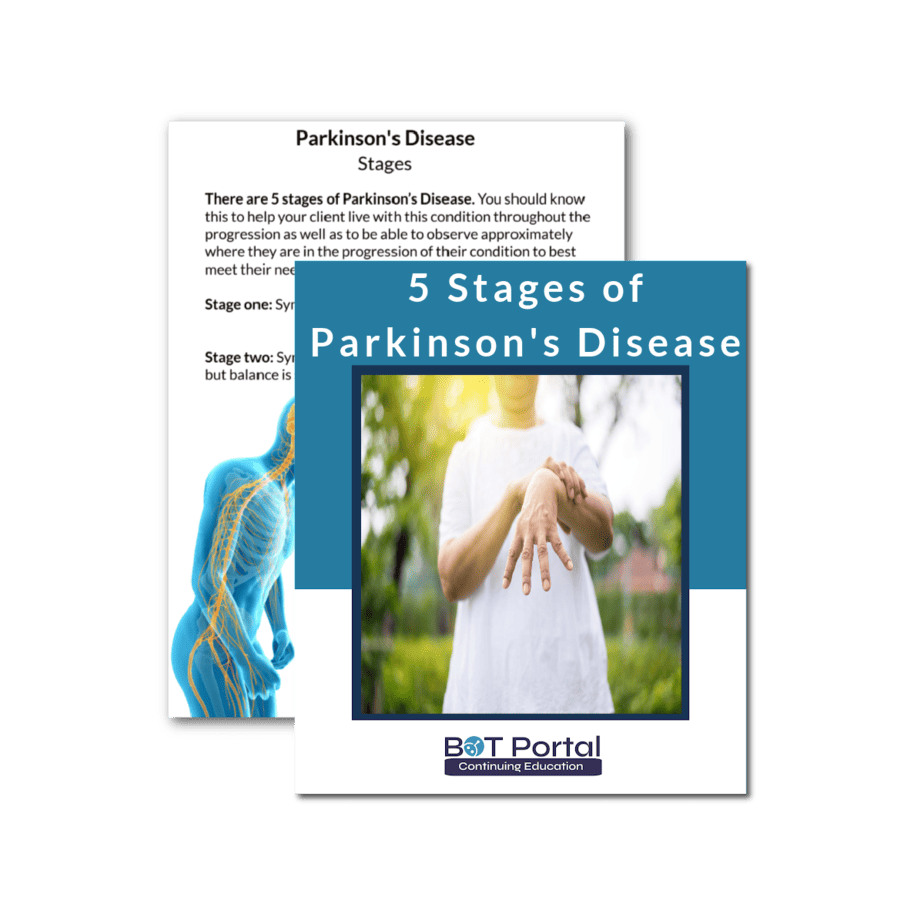Description
5 Stages of Parkinson’s Disease
Recognizing the 5 Stages of Parkinson’s Disease
Parkinson’s Disease is a progressive condition, meaning it worsens over time. Understanding its stages can help individuals and their loved ones prepare for what lies ahead. Here’s a breakdown of the 5 Stages of Parkinson’s Disease:
- Stage One: Early Symptoms In the initial stage, symptoms may be mild and often go unnoticed. Common signs include slight tremors or changes in posture and facial expressions. These symptoms typically affect one side of the body and may not significantly interfere with daily activities. At this stage, many individuals can still lead relatively normal lives with minimal disruption.
- Stage Two: Moderate Symptoms As Parkinson’s progresses, symptoms become more noticeable and may affect both sides of the body. Tremors, stiffness, and slowness of movement become more pronounced, making daily tasks like getting dressed or eating more challenging. Despite these changes, individuals in stage two can still perform most activities independently with some difficulty.
- Stage Three: Mid-Stage During this stage, symptoms significantly impact daily life. Balance issues and falls become more common, and movements become slower and more rigid. Simple tasks like walking or standing may require assistance or modification. However, most individuals can still manage daily activities with assistance from caregivers or mobility aids.
- Stage Four: Advanced Symptoms In stage four, symptoms become severe and disabling. Individuals may require assistance with activities of daily living, such as dressing, bathing, and eating. Mobility becomes increasingly limited, and falls are frequent. Despite these challenges, many individuals can still stand and walk with assistance, although a wheelchair or other mobility aid may be necessary for longer distances
- Stage Five: Advanced Disease The final stage of the 5 Stages of Parkinson’s Disease is characterized by severe impairment and dependency on others for care. Individuals may be unable to stand or walk without assistance and may be bedridden. Communication becomes extremely difficult, and cognitive impairment may be present. Quality of life is significantly impacted, and individuals often require round-the-clock care from caregivers or in a long-term care facility.
Understanding the 5 stages of Parkinson’s Disease can help individuals and their families anticipate changes and plan for appropriate care and support. While there is currently no cure for Parkinson’s, early diagnosis and proactive management can help improve quality of life and slow the progression of the disease.
.Other Useful Links:
Check out BOT Portal: Resource Site for Occupational Therapy Students and Practitioners




